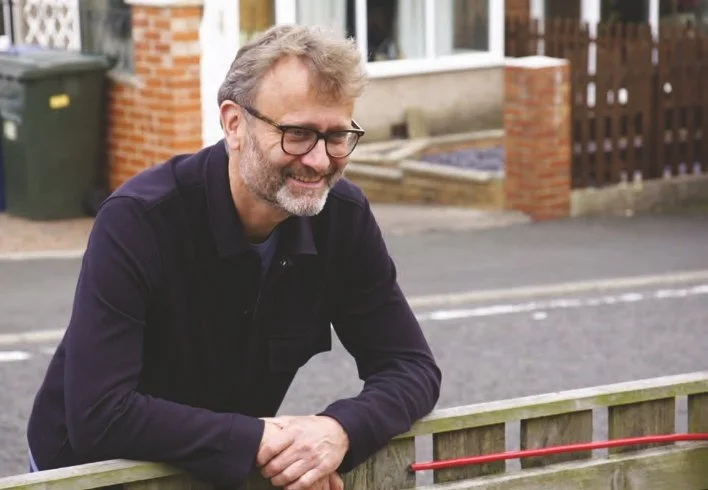
KAS Magazine, Issue 115, Spring 2021
Archaeology, local history, research updates, the New Romney Disaster, and an interview with Hugh Dennis.
Contributions to the next issue are welcome. See the guidance for contributors and contact Editor Craig Campbell.
Search page
Search within this page here, search the collection page or search the website.
Previous
Previous
Allen Grove Fund
Next
Next
Welcome from the Editor
Written By KAS
Featured
Steven Willis, 2021, KAS Magazine, Issue 115 (Spring 2021), Maidstone: Kent Archaeological Society.
Shiela Broomfield with great help from Kate Kersey, 2021, KAS Magazine, Issue 115 (Spring 2021), Maidstone: Kent Archaeological Society.
Shiela Broomfield, Membership Secretary, 2021, KAS Magazine, Issue 115 (Spring 2021), Maidstone: Kent Archaeological Society.
















